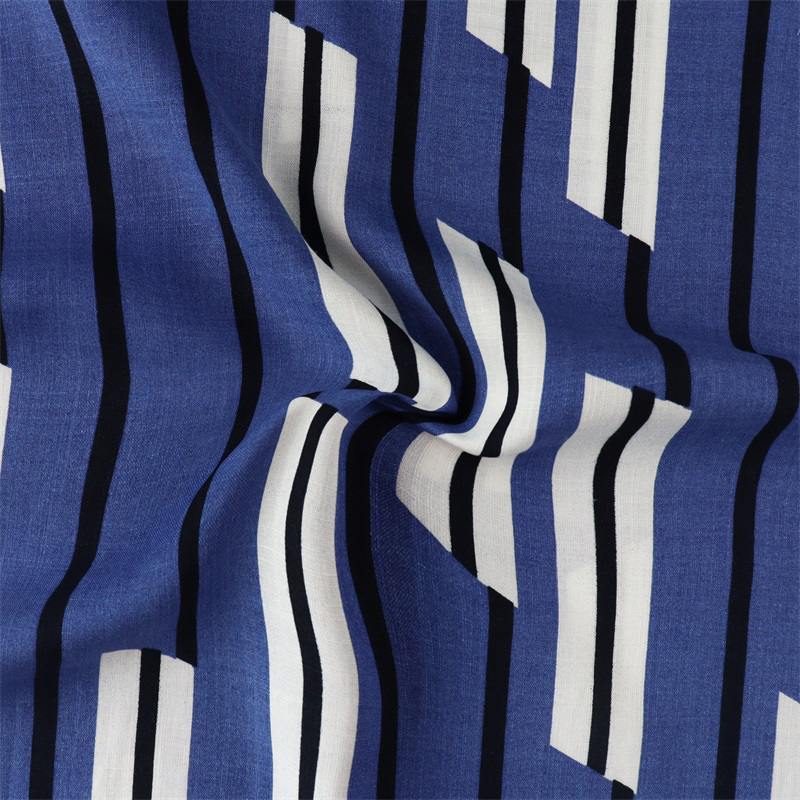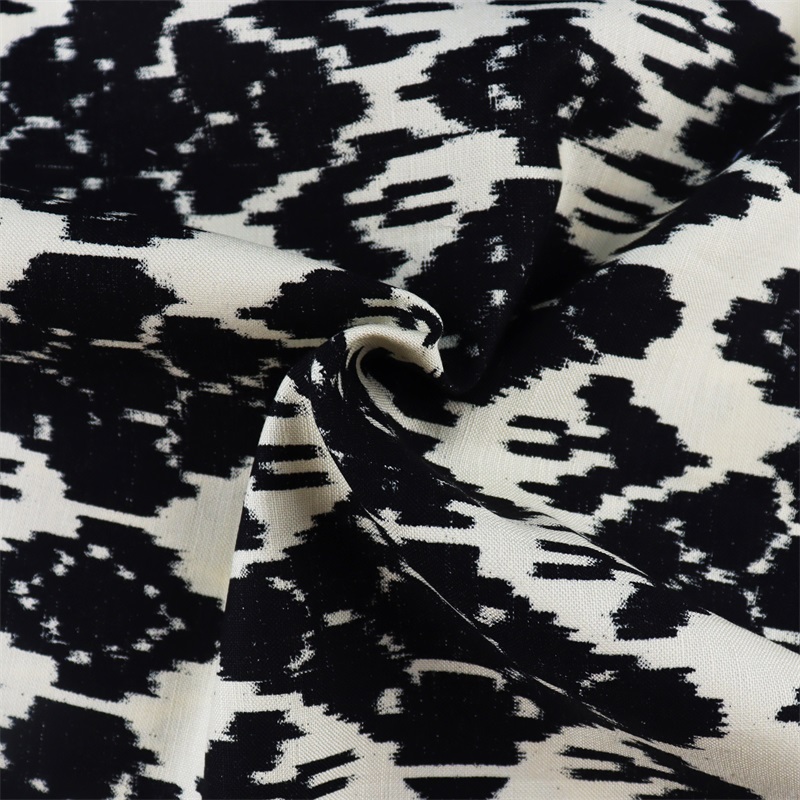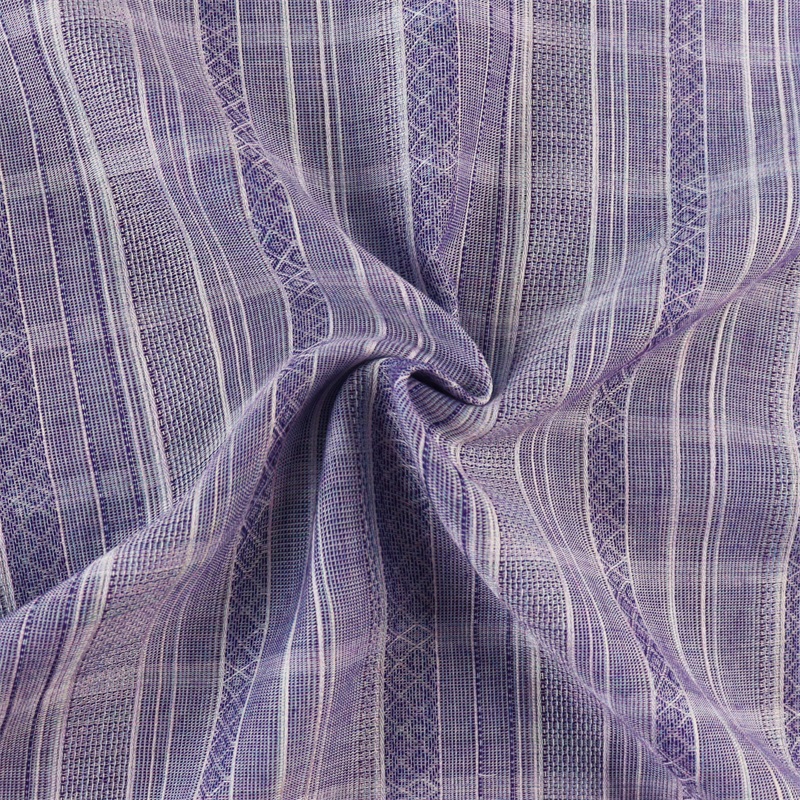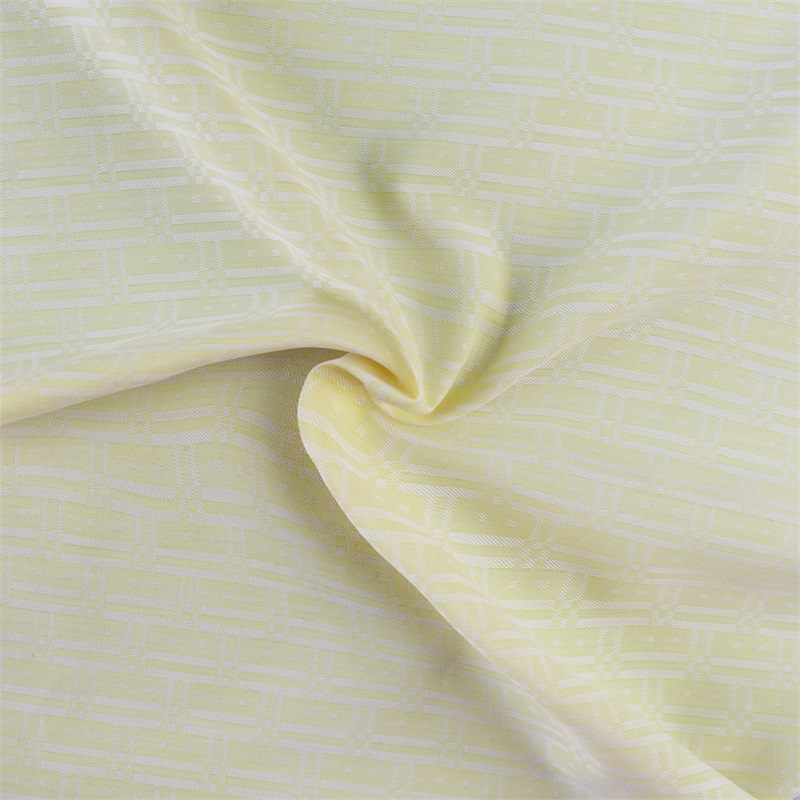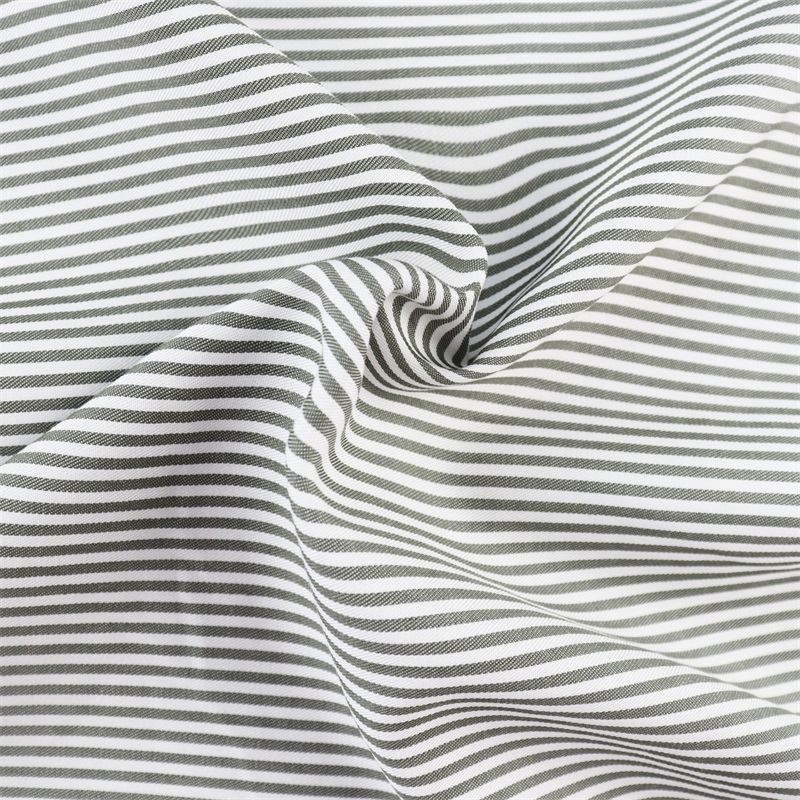PRODUCTS
Low Price For Seersucker Cotton Fabric - Hot Sale Cheap Jeans Fabric Mens Denim 2022 Wholesale Jacket Denim Fabric 100% Cotton Hot Sale Products – Lvbajiao
Low Price For Seersucker Cotton Fabric - Hot Sale Cheap Jeans Fabric Mens Denim 2022 Wholesale Jacket Denim Fabric 100% Cotton Hot Sale Products – Lvbajiao Detail:
| Technics | Woven |
| Type | Twill Fabric |
| Use | Garment, Shirts & Jeans |
| Color | Customized |
| Supply Type | Make-to-Order |
| MOQ | 2200yards |
| Applicable to the Crowd: | WOMEN, MEN, GIRLS, BOYS |
| Certificate | OEKO-TEX STANDARD 100, GOTS |
| Place of Origin | China (Mainland) |
| Packaging Details | Packing in rolls with plastic bags or base on your requirement |
| Payment | T/T,L/C,D/P |
| Sample Service | Hanger is free,handloom should be paid and courier charge need to be collected |
| Customized Pattern | Support |
Indigo is a blue powder that is soluble in hot aniline and practically insoluble in water and ethanol. It is yellow-green in concentrated sulfuric acid, and blue precipitate after dilution; indigo red in concentrated nitric acid, and then becomes reddish yellow. It is pale yellow in alkaline hydrosulfite reducing solution and colorless in acid solution.
Indigo is insoluble in water, acid and alkali. To make dye liquor adsorption fabrics, it must first undergo reduction to become indigo white. Indigo white is soluble in lye, and can be used to color animal or plant fibers. After dyeing, it is oxidized in the air to regenerate indigo, which is attached to the fiber and turns blue. Therefore, indigo dye must have reducing agent and lye.
Indigo is mainly used to dye cotton cloth or cotton yarn. Rural dye houses use fermentation to dye soil cloth. Most of the jeans are made of indigo dyed warp yarn and interwoven with white yarn. Cotton cloth that has not been mercerized is called wool blue cloth, which can be continuously impregnated with the insurance powder method, and can also be dyed with wool and silk, which is used in carpets and handicrafts. It is also used in the system of food dyes and organic pigments. Both indigo carmine and bromoindigo are derivatives of indigo.
Product detail pictures:
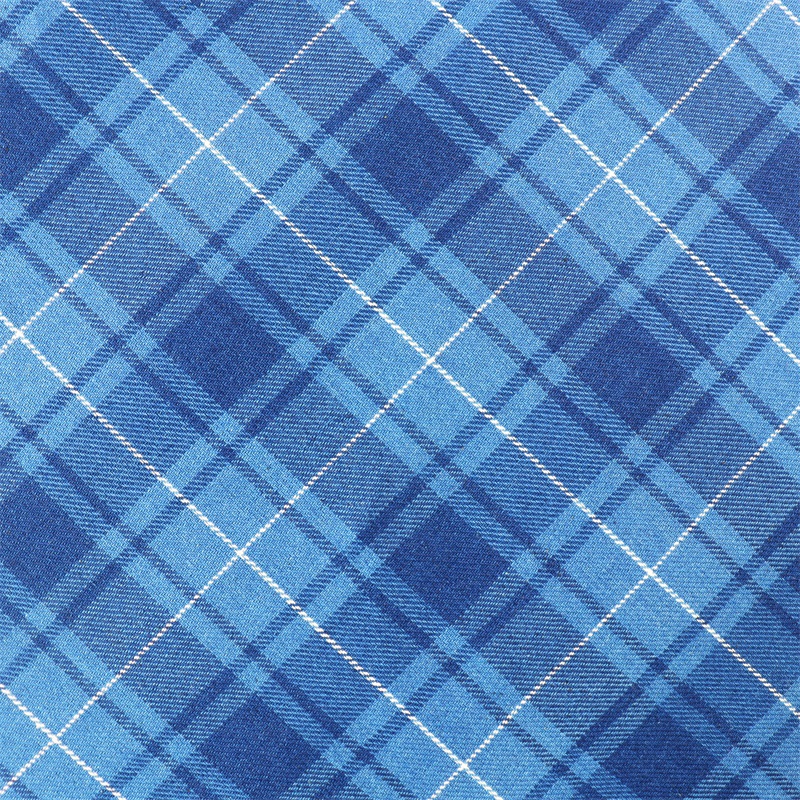
Related Product Guide:
Our goods are broadly recognized and reliable by users and can meet consistently switching financial and social demands of Low Price For Seersucker Cotton Fabric - Hot Sale Cheap Jeans Fabric Mens Denim 2022 Wholesale Jacket Denim Fabric 100% Cotton Hot Sale Products – Lvbajiao , The product will supply to all over the world, such as: Turin, Mexico, Italy, Our R&D department always designs with new fashion ideas so we could introduce up-to-date fashion styles every month. Our strict production management systems always ensure stable and high quality products. Our trade team provides timely and efficient services. If there are any interest and inquiry about our products, please contact us in time. We would like to establish a business relationship with your honored company.
The quality of the products is very good, especially in the details, can be seen that the company work actively to satisfy customer's interest, a nice supplier.

